Urban planning when things are going well: DC, 2014 (The Office of Planning under Harriet Tregoning)
Rebuilding Place in Urban Space
JANUARY 22, 2025
Development of new housing and retail is happening even outside of the city core, albeit mostly centered around subway stations (Columbia Heights, Petworth, Fort Totten, Takoma, U Street), but even in a couple areas (14th Street, H Street) where subway access is tangential. U Street NW. Revival spreads beyond the city core.

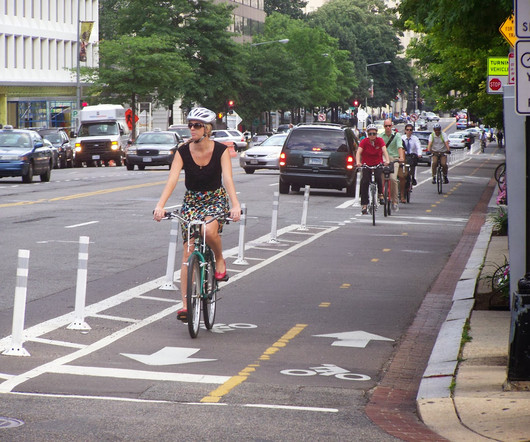
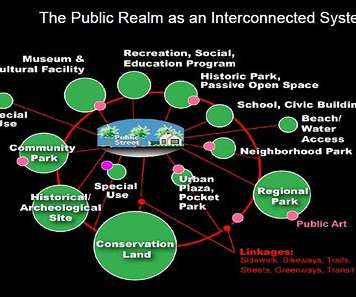
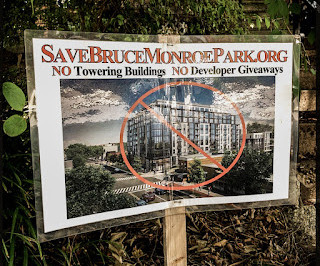
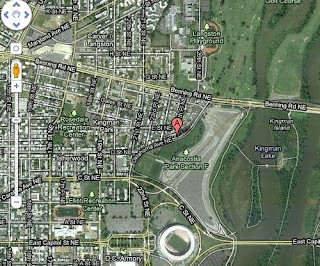


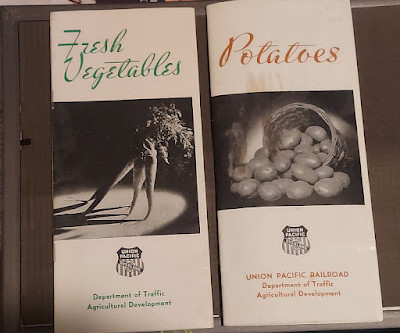






Let's personalize your content